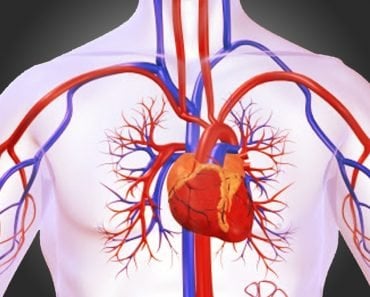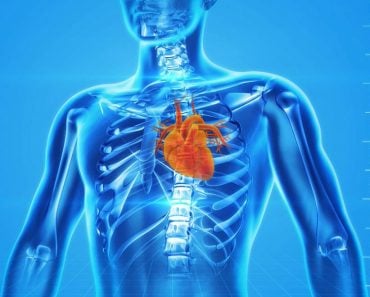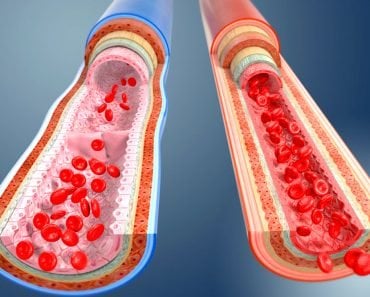Table of Contents (click to expand)
Blood pressure is always expressed through two values because it is the combination of systolic pressure and diastolic pressure. Systolic pressure is the maximum pressure that is exerted upon the walls of arteries, while diastolic pressure is the minimum pressure that is exerted upon the walls of arteries.
You have probably heard a great deal about the heart and blood pressure and the unbreakable bond they share with each other. Separating blood pressure from the heart is about as easy as uprooting an oak tree with your bare hands. However, when talking about blood pressure, there are two values you must consider. Have you ever thought about why there are two values when measuring blood pressure?
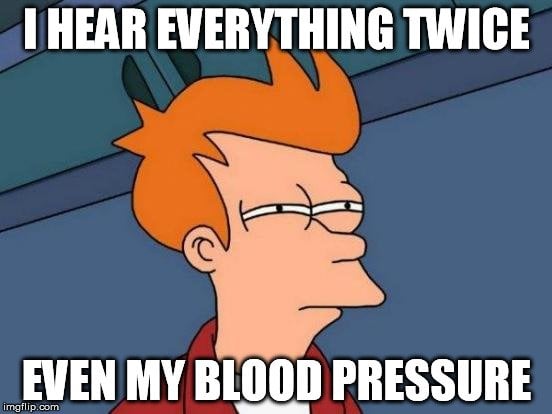
Pressure is a regular physical quantity, right? Like any other physical quantity, logic would suggest that it should also have one value and respect the laws of nature, correct? So why is blood pressure always expressed through two values, rather than one?
Recommended Video for you:
Blood Pressure
Without getting too scientific about it, blood pressure (BP) is the pressure that flowing blood exerts on the walls of blood vessels. Since blood is sent and received by the heart (which sits slightly off-center, towards the left side of the chest), it does so with the help of blood vessels, such as veins and arteries.
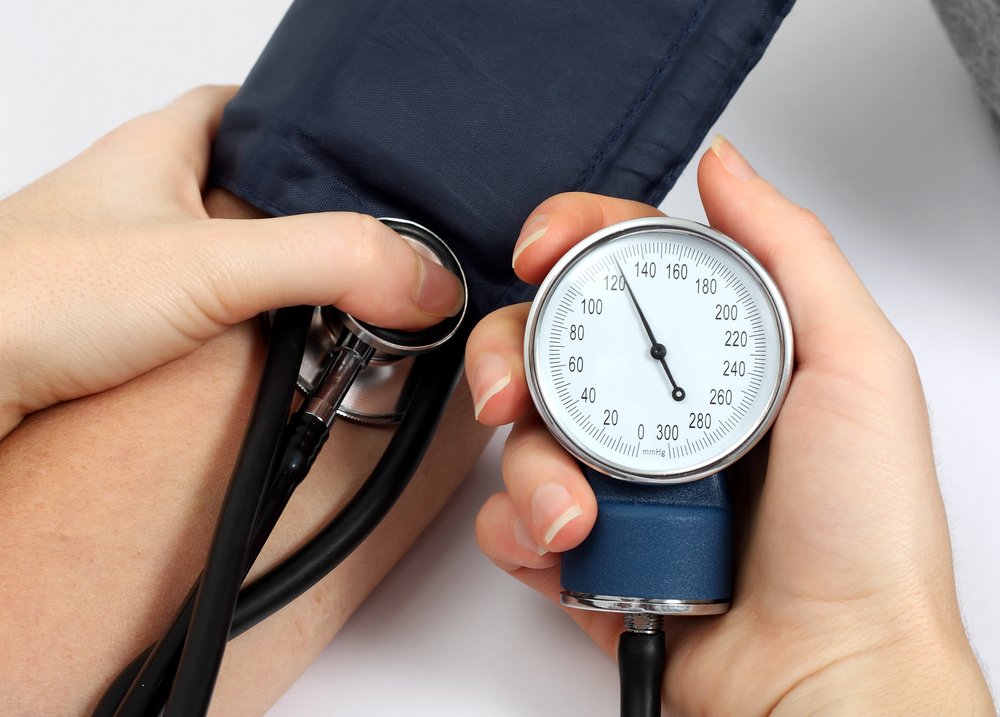
Blood pressure varies from one individual to another according to their age, physical and mental health, and disease status. This pressure is regulated by the nervous system and the endocrine system of the body, but can also be impacted by the physical qualities of your heart and circulatory system. Blood pressure is usually measured by a sphygmomanometer on a person’s upper arm. The ideal range of blood pressure is 120/80 mm Hg. As you can see, BP is expressed in two values: 120 and 80. But why do we need two numbers?
Also Read: How High Can Blood Pressure Go?
Why The Double Measurement?
The two readings of BP represent two pressure readings; systolic pressure (the higher of the two readings, usually expressed before the other reading) and diastolic pressure. Now you may ask: why are there two kinds of pressure involved with a single organ system? Well, allow me to explain.
Systolic And Diastolic Pressure
A complete cardiac cycle includes two parts: a systole and a diastole. The heart contracts and lets blood out through its chambers to the blood vessels; this action is called a systole, so the pressure exerted on the walls of the blood vessels during this period is called systolic pressure. On the other hand, when the heart relaxes and allows its chambers to fill up with used blood, it’s called diastole, so the pressure exerted upon the walls at that time is called diastolic pressure.
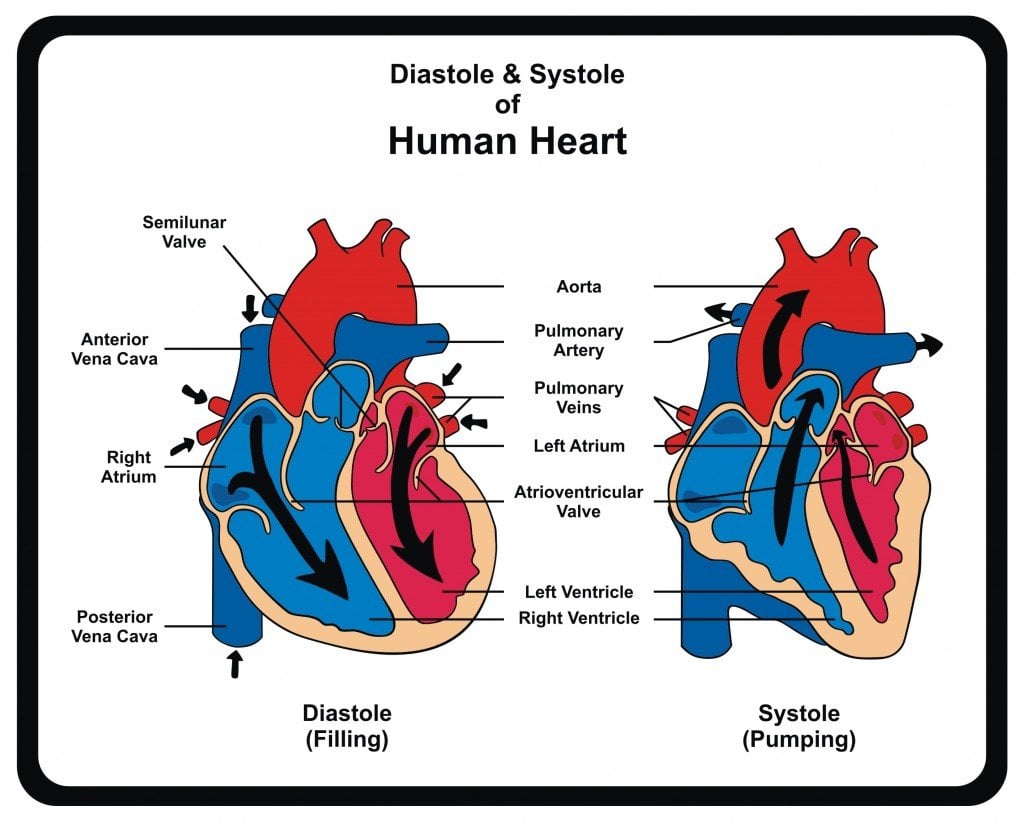
Consider it like this; systolic pressure represents the maximum pressure that is exerted upon the walls of arteries, while diastolic pressure represents the minimum pressure that is exerted upon the walls of arteries. Therefore, the two values of BP that you see are actually the values of the systolic and diastolic pressure, respectively. For adults, the ideal range of systolic pressure is 90-120 mm Hg, and for diastolic pressure, it is 60 – 80 mm Hg.
Also Read: How Exactly Is The Blood Pressure Meter Used To Determine Blood Pressure?
Hypertension And Hypotension
The condition of abnormally high values or low values of blood pressure is referred to as hypertension and hypotension, respectively. Needless to say, both of these conditions are harmful to the human body.
To maintain a healthy blood pressure, you must follow a diet that is not particularly high in saturated fat and sodium content (excess salt leads to hypertension). You should also keep a close watch on your weight, but most importantly, get off the couch and get some exercise into your life!

